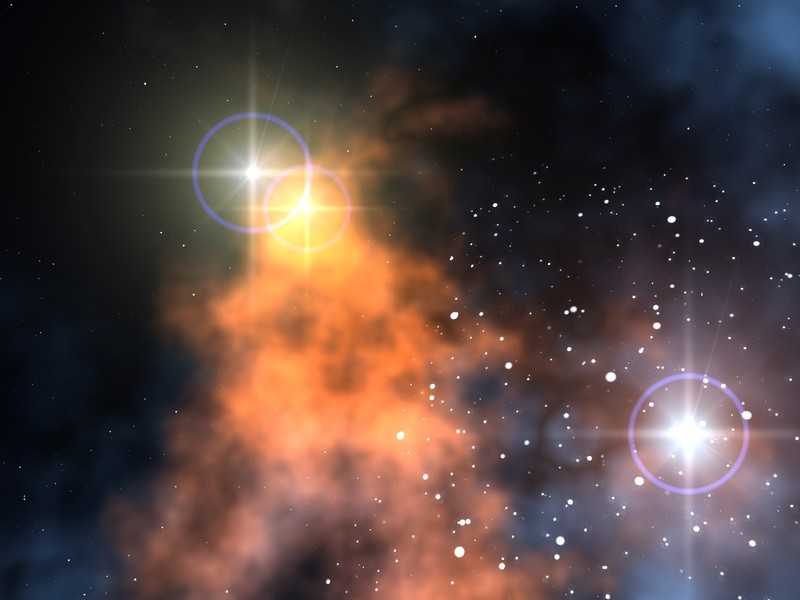some say it is POSSIBLE…
Astronomers are debating whether there is another star near Earth! Seriously…can you even believe that or is it way too far out there? (no pun intended)
We have heard of science fiction stories about two stars in our own solar system. And we know binary systems exist in other parts of the universe. So, could there really be two stars in our vicinity?? This astronomer thinks so:
In 1984, Richard Muller of the University of California Berkley suggested that a red dwarf star 1.5 light-years away could be the cause of the mass extinctions. Later theories have suggested that Nemesis could be a brown or white dwarf, or a low-mass star only a few times as massive as Jupiter. All would cast dim light, making them difficult to spot.
Scientists speculated that Nemesis may affect the Oort cloud, which is made up of icy rocks surrounding the sun beyond the range of Pluto. Many of these chunks travel around the sun in a long-term, elliptical orbit. As they draw closer to the star, their ice begins to melt and stream behind them, making them recognizable as comets.
Let’s say they proved this it would change everything we think we understand about our region in space.
Let’s find out more on this fascinating explanation on page 2

, it is a possibility but the store is so far away, it’s not visible.
That would explain some mass extinctions,
Most solar systems have two or more Stars. The dance of binary (Male/Female) – as in the nature of all things – stars are more dynamic. This allowed the creations of a prolific solar system with a higher potential for life forms to generate. Grandma says – a pot of soup must be constantly stirred to bring out the flavours.
I believe so. That is what the disturbance is in the outer reaches of our solar system. Probably a brown or red dwarf star. That is why we haven’t seen it yet with hubble and that is what causes the influx of comets into our area.
Yes most stars are, some are tri – star systems
There is a regular disturbance in the Oort Cloud every so many years (relatively speaking). It’s entirely possible. Although we’ve never seen the Oort Cloud we know it’s there.
Yes coming from the Oort Cloud. That’s exactly right.
Planet earth is not a star, or a star system. Period
What are you in about of course planet earth is not a star no one said it was
Yes I think we ate being consumed right now,there is a black hole or magnetron close by.
It’s as good a guess as any.
Did you actually read the post?